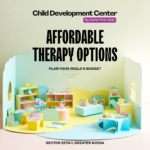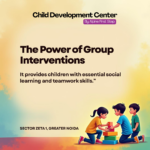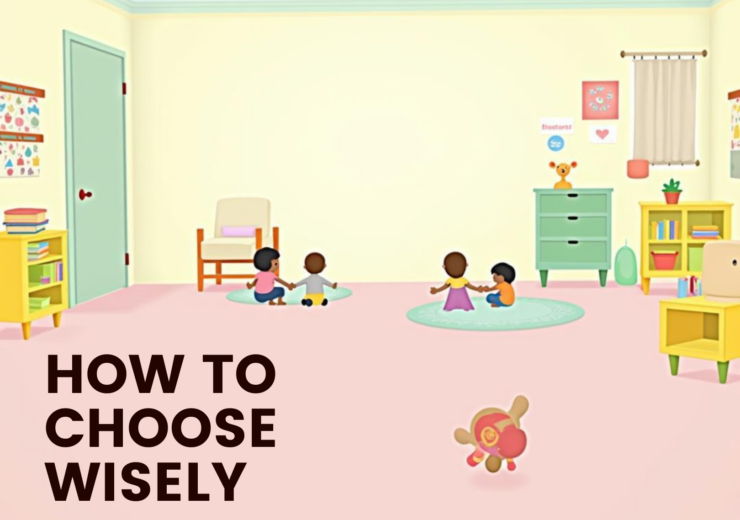Why Therapy and School Must Go Hand in Hand: The Power of Integration


“Children don’t learn skills in isolation—they learn them where life happens.”
When parents begin therapy for their child, it’s natural to focus on the sessions themselves—the hours spent in a therapy room, the activities, the goals. But real growth happens when therapy doesn’t stop at the door. It continues into the classroom, the playground, the lunch table.
That’s where integration comes in—and why it matters more than you might think.
What Is Integrated Therapy, and Why Does It Work?
Integrated therapy means your child’s developmental goals—whether speech, motor, sensory, or social—are not just worked on during scheduled sessions, but woven into their daily learning environment.
According to the American Journal of Occupational Therapy, children who receive integrated support within school settings show better functional outcomes—from improved classroom participation to stronger peer relationships and independent task management.
What Integration Looks Like at CDC by Alpine First Step
At the Child Development Center by Alpine First Step (CDC-AFS), we don’t see therapy and education as two separate things. We believe they’re partners in your child’s development.
Here’s how we bring that vision to life:
- Therapies During School Hours: Children enrolled in our Additional Support Program receive speech, occupational, or special education support between 9 AM–1 PM—while they’re immersed in their learning routine.
- Real-Time Application: A child working on motor planning may practice buttoning during circle time or carry their school bag as part of therapy goals. A speech therapy child may be supported during group singing or storytelling.
- Smooth Generalization: Skills learned during therapy are reinforced in classroom settings—so children don’t just perform tasks in a clinic; they live them in real-life situations.
Teachers and Therapists—On the Same Team
One of the biggest advantages of therapy in a school setting is ongoing collaboration between educators and therapists. At CDC-AFS:
- Teachers are briefed on therapy goals and integrate those into classroom routines.
- Therapists observe classroom behavior to fine-tune therapy plans.
- Regular team meetings ensure consistency and alignment between what a child is learning in therapy and at school.
This team-based model allows us to create customized, goal-driven support plans for every child.
Why It Matters to Parents
- Convenience: No need to shuttle your child between school and therapy—it all happens under one roof.
- Consistency: Your child gets continuous reinforcement of skills throughout the day.
- Confidence: Watching your child apply therapy skills in real-time—whether asking for help, zipping up their bag, or making a friend—builds lasting independence.
Therapy isn’t just about mastering a skill in a session—it’s about making that skill part of everyday life. At CDC by Alpine First Step, we ensure your child’s developmental journey is holistic, supported, and fully integrated into their world.
Because when therapy and school work together, children don’t just improve—they thrive.





